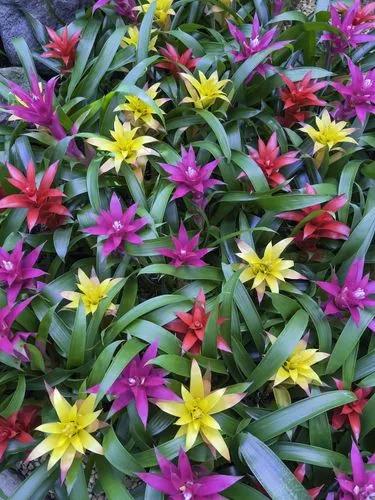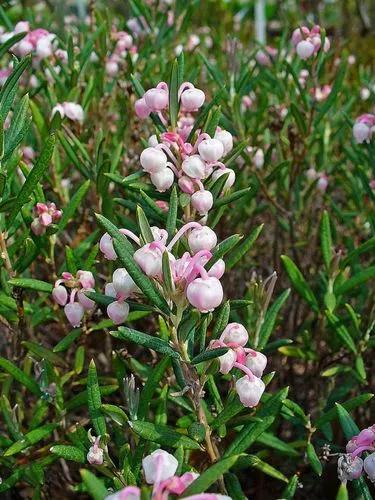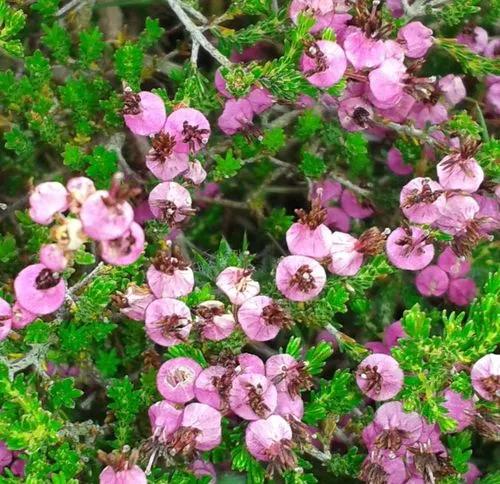When it comes to tall, eye-catching flowers, Bear's Breeches are great choices. Bear’s Breeches are large perennial plants with glossy green leaves and tall spikes of flowers. They are always touted as architectural plants, and their leaves are often used as a motif in moldings, reliefs, and even jewelry. Many gardeners grow them for their foliage alone, although the flowers are quite nice themselves.Acanthus means bract, which are modified leaves that are often more colorful than the actual flowers. They help to attract pollinators. The botanical name for Bear's Breeches comes from the thorny look of their purple bracts. Although there are about 30 species of acanthus, only a couple are commonly grown as garden plants. While they are imposing and beautiful, they can be erratic, blooming well in one year and disappointing in another.
Bear's-breeches Care
Acanthus Mollis



It can be invasive in U.S. zone 9, California and Oregon, and New Zealand.
How to Care for the Plant

Water

Once established, Bear’s Breeches are very drought resistant. They do best with regular water. An inch a week should be plenty.

Pruning

In hot climates, the plants can be cut back after flowering. This will encourage fresh new foliage. Gardeners with cold winters should leave the plants standing and allow the leaves to protect the crown. Wait until you see new growth, in the spring, to cut back any damaged or declining leaves.

Fertilizer

Bear’s Breeches are not heavy feeders. Start with a rich soil and side dress annually with compost. You can use a balanced fertilizer in spring or mid-summer if the plants look like they need it.

Sunlight

Plants will do best in full sun to partial shade. They need more protection in hot climates, but wherever you grow them, they need at least a few hours of sun to bloom well.

Soil

Bear’s Breeches like a rich soil with plenty of compost or other organic matter. Once established, they are more accommodating about poor soil, but they absolutely need good drainage, especially in winter. Sitting in cold, wet soil can cause the roots to rot and may kill the plants.

Temperature

These plants are dependably hardy. Protect your plants during their first couple of winters with a thick layer of mulch. In Zones 6 and lower, continue this practice for the life of your plants.

Popularity

1,451 people already have this plant 282 people have added this plant to their wishlists
Discover more plants with the list below
Popular articles






